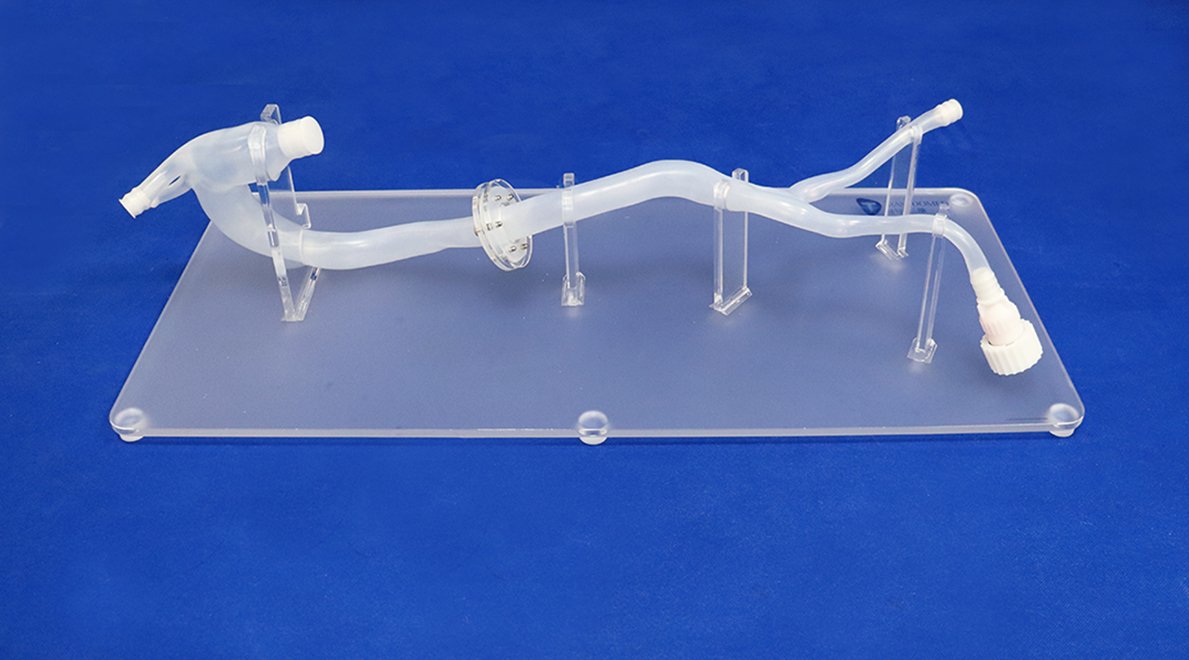The aorta is the body's largest artery. It runs from the heart, through the chest, and down into the abdomen. Aortic arch conditions are abnormalities in the structure of the arteries that branch off the top of the aorta. These abnormalities can reduce blood flow to vital organs.
Aortic arch disease can result from blood pressure changes, clots, trauma, a congenital disorder (one that is present from birth), or Takayasu's arteritis, an autoimmune disorder that inflames the aorta and the pulmonary artery (the main artery of the lung). Takayasu's mostly affects Asian females between the ages of 10 and 30.
Aortic arch conditions eventually block the blood vessels that branch off the aorta, leading to decreased blood flow to areas of the body. Narrowing can reduce blood flow, and weakening can lead to the formation of an aneurysm, or abnormal bulge, in the artery wall. Aneurysms are a life-threatening condition because they can rupture. Atherosclerosis, or hardening of the arteries, is the most common cause of aortic arch disease.
Symptoms depend on the phase of the disease. In the first phase, the blood vessels become inflamed. Later, during the occlusive phase, blood vessels narrow.
In the first phase, about half of all patients develop one or more of the following symptoms:
Fever
Fatigue
Poor appetite
Weight loss
Night sweats
Joint pain
Chest pain
Muscle aches
Swollen glands
Tenderness above the affected arteries.
During the occlusive phase, symptoms include:
Fatigue
Muscle weakness
Pain
Cramping
Nausea
Vomiting
Cold or white hands or feet
High blood pressure
Weak or absent pulse
Vision problems
A difference in blood pressure between the arms and the legs.
Serious conditions can occur because of the occlusive phase of the disease. They include hypertension, renal (kidney) failure, angina (chest pain), congestive heart failure, transient ischemic attack (TIA, or mini-stroke), and stroke.
